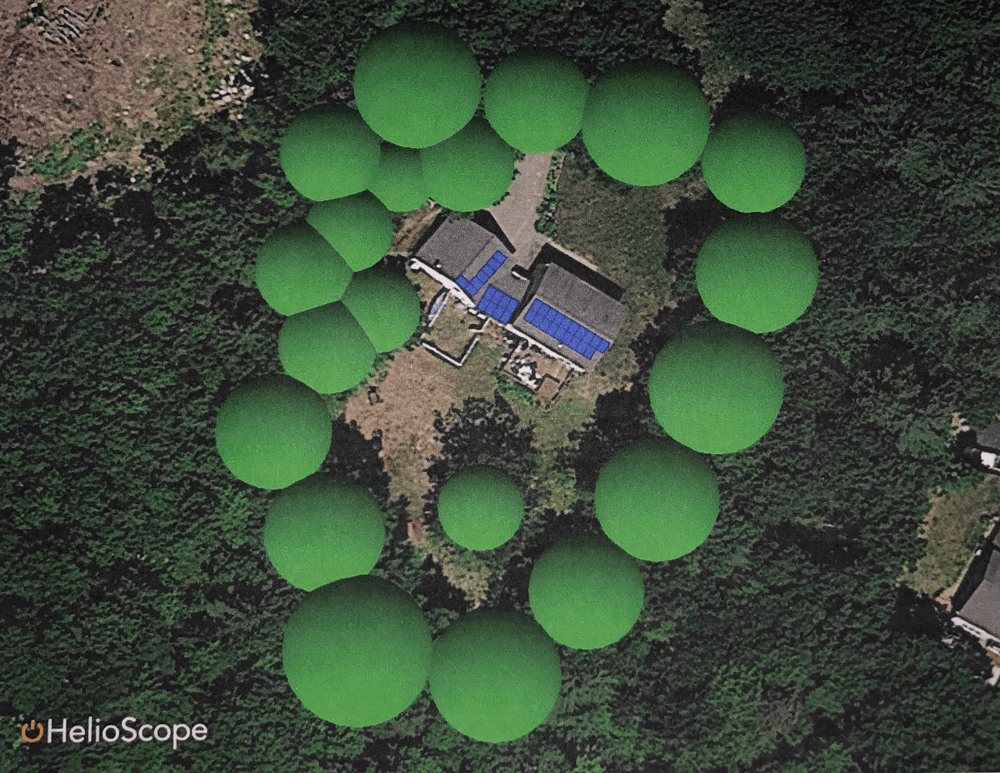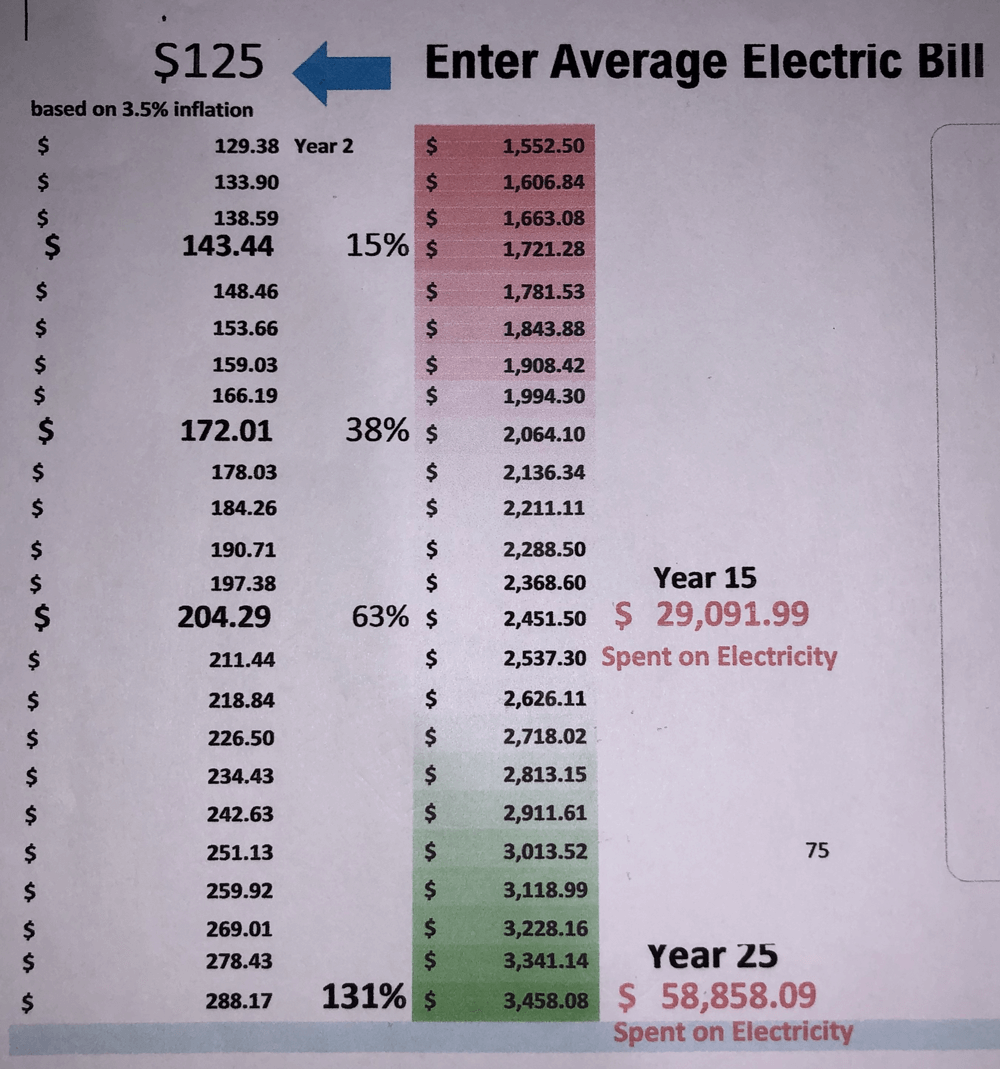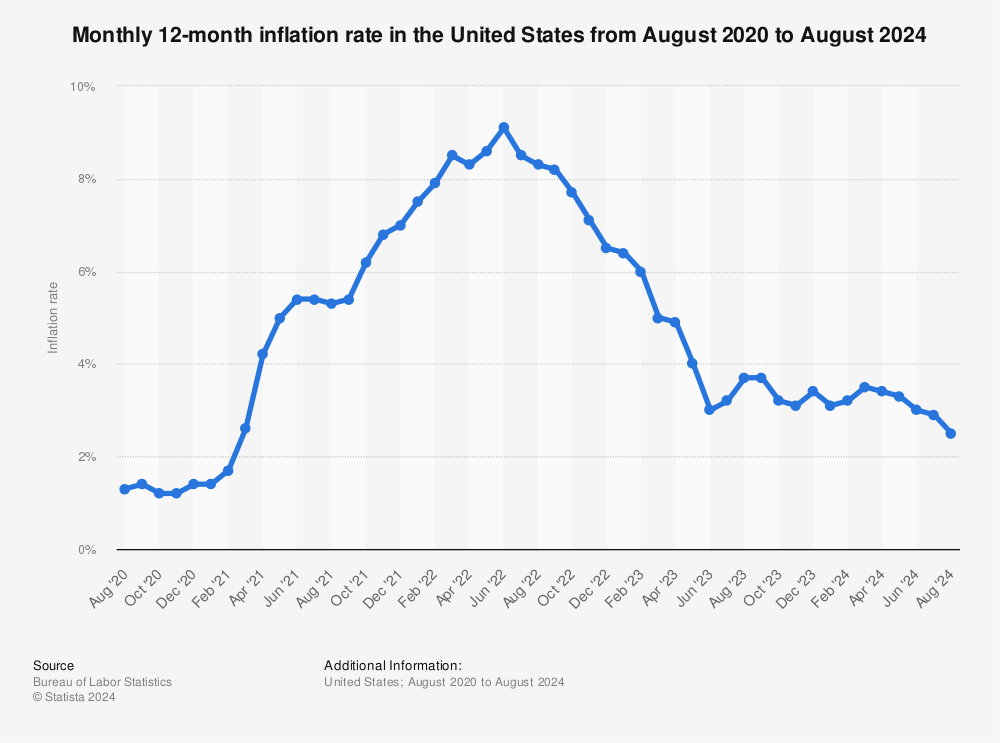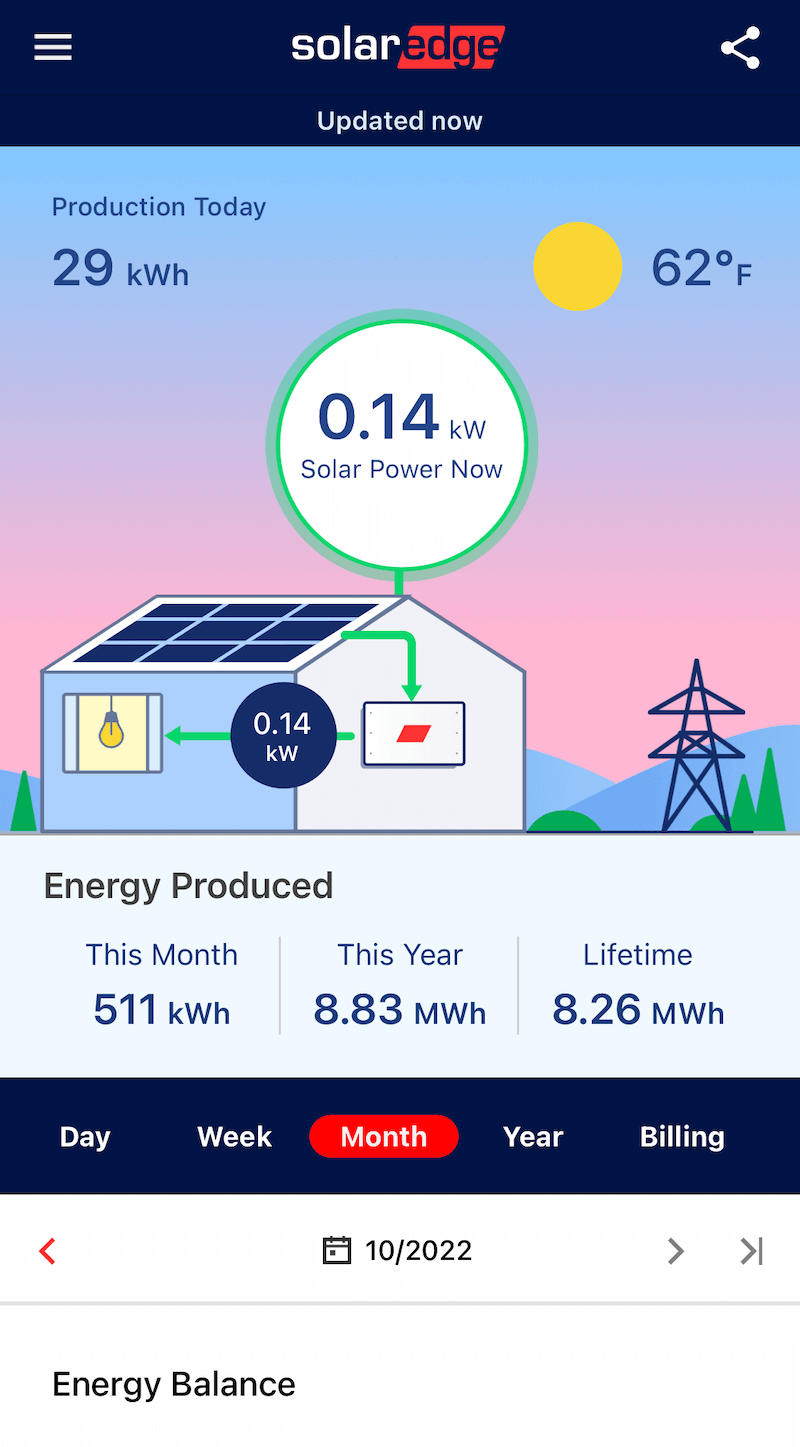Yes, we timed the market perfectly (and got extremely lucky). And despite the upfront costs of installing solar panels for our home just this past spring, we're already realizing a cost savings every month on our electricity.
Here's my experience so far owning solar panels for about 8 short months.
Interest, gathering information
We bought our house in New Hampshire last summer, 2021. I had been thinking about getting solar panels for a few years. I wanted to get them for our home in Maryland 3 or 4 years ago but we had too much tree coverage and the panels wouldn't be able to produce enough energy to be profitable.
Shortly after we bought our new house, I decided to have someone come by and put an estimate together for what a new system would cost and what we could expect from a production standpoint. I wasn't, however, ready to commit. I just knew I wanted the information.
The in-person assessment took a couple of hours. The representative asked some simple questions and then would need to share the data with her team who would be able to assess our roof and surrounding tree coverage via satellite. We ended up with a few images that looked like this:

We would eventually hear back a few days later. While the representative was here, however, she said a couple of things that really peaked my interest. One was that the panels would be covered under warranty for 25 years. That was huge to me because, from my research, I had seen people complaining about their panels going bad after 10-15 years. That helped lead to the decision to say yes.
Something else was a simple spreadsheet she shared that showed how the typical customer could see a cost savings by investing in solar panels well before they were paid off due to inflation.

On the sheet, you can see how the data is based on an average electric bill of $125 (which we were closer to $180) and an average annual inflation rate of 3.5%.
After 15 years, you could expect an increase in your electric bill of 63%, and a total of $29,000 spent on electricity during that span. For us, that would probably end up being over $40,000. Good things to consider, but I was still going to take time considering whether or not we should do this because I wasn't going to let a salesperson get me that easy!

Deciding, contemplating
We had just bought a house in a seller's market. Even though we made more for our house in Maryland, we also paid a tad more than I was comfortable with for our new house. We also had to install a full air and water system so that we could breath the air and drink the water without having to worry about Radon and Arsenic. All in all, that cost us about $10,000.
And when you first buy a house there are tons of other expenses that pop up ... paint (which has gotten extremely expensive), furniture, rugs, lawn equipment, etc.
We also had to buy a new (slightly used) car at about the same time as well. Needless to say, we were spending a lot of money and I was leery about signing up for another loan (which is what we'd need to finance the panels).
So, I spent a few weeks mulling it over, but I kept coming back to a few things that made me feel better about the whole idea:
- That it would be different than a normal "loan". It would be an investment and our monthly loan payments would be mostly offset by having our electric company expense reduced.
- The federal solar panel credit would start decreasing after this year. We would expect to get a tax credit of $7,000 for the panels. (Ultimately, this later changed with the new Residential Clean Energy Credit which extended and actually increased this.)
- And that I was starting to get really concerned about rising inflation. At the time, it had just risen to a 12-month rate of about 5%. And since then, well ...

Find more statistics at Statista
Ultimately, I signed the contract at the end of last summer.
First summer of solar power
It took through the winter months to get everything ordered and setup, and we didn't actually get the panels installed and turned on until the end of March (which actually worked out perfect because that's when solar panel production really starts to increase).
I spent just about every day reviewing the production levels on the app that came with the panels. I was particularly excited when it was a nice sunny day because I knew that our production would be high.

We immediately produced more electricity than we used, meaning that our local electric company would take the surplus and give us a credit for the difference. This would be helpful during the winter months if and when we don't produce quite as much as we need and will need to take some electricity from the grid.
Also, just about immediately, we found out that the electric company would be raising their rates within the next couple of months as well. The rate per kWh would be increasing from $0.11 to $0.22 meaning that residents would see their monthly electric bills nearly doubled instantly. (Remember that spreadsheet above that showed an expected annual increase due to inflation of 3.5%? What about 100%?)
To better track and be able to wrap my mind around how my solar panel investment was doing, I created a spreadsheet that I'll update every month with my system's production, our home's consumption, our current loan payment and what our estimated electric bill would be if we didn't have solar.
![]()
You can see, at the top, that we currently have a credit from the electric company of $433. And, on the right, how we've already saved $103. The rate increase by the electric company didn't take effect until August, but if it had been $0.22 the entire time (since April), our total savings would be closer to $500 just from April through September (actually even higher if I hadn't already added October's loan payment to the sheet).
On a monthly level, our current loan payment is about half what our electric bill would be without solar panels.
I'm not sure if we'll have enough credit to get through the winter months without having to make even a minor payment to the electric company, but I think that's also because we didn't get the credit from the raised rates during the early part of the summer either. Maybe next year would be different.
Summary
So, we've had a good experience so far and I praise God that He had us move forward with the installation when he did. It ended up being the perfect time given how inflation played out during the months since then.
Sure, it's still early so it's possible our experience might change, but with the warranty, if the panels stop performing as they're supposed to then they should be replaced for no extra charge.
And we'll see how the winter months work out. But, so far, this investment is looking positive!
Even though prices for solar panel installation has assuredly gone up in the past year, I would still probably recommend that the average consumer consider getting them installed for their home. Installation is still running rampant, the federal government's tax credit will give you a boost, and, even if you don't see the immediate savings that I'm currently seeing, the long-term investment should provide you with a positive return!
Please share your thoughts, questions, comments below!
0 comments
Sign up or log in to join the conversation.